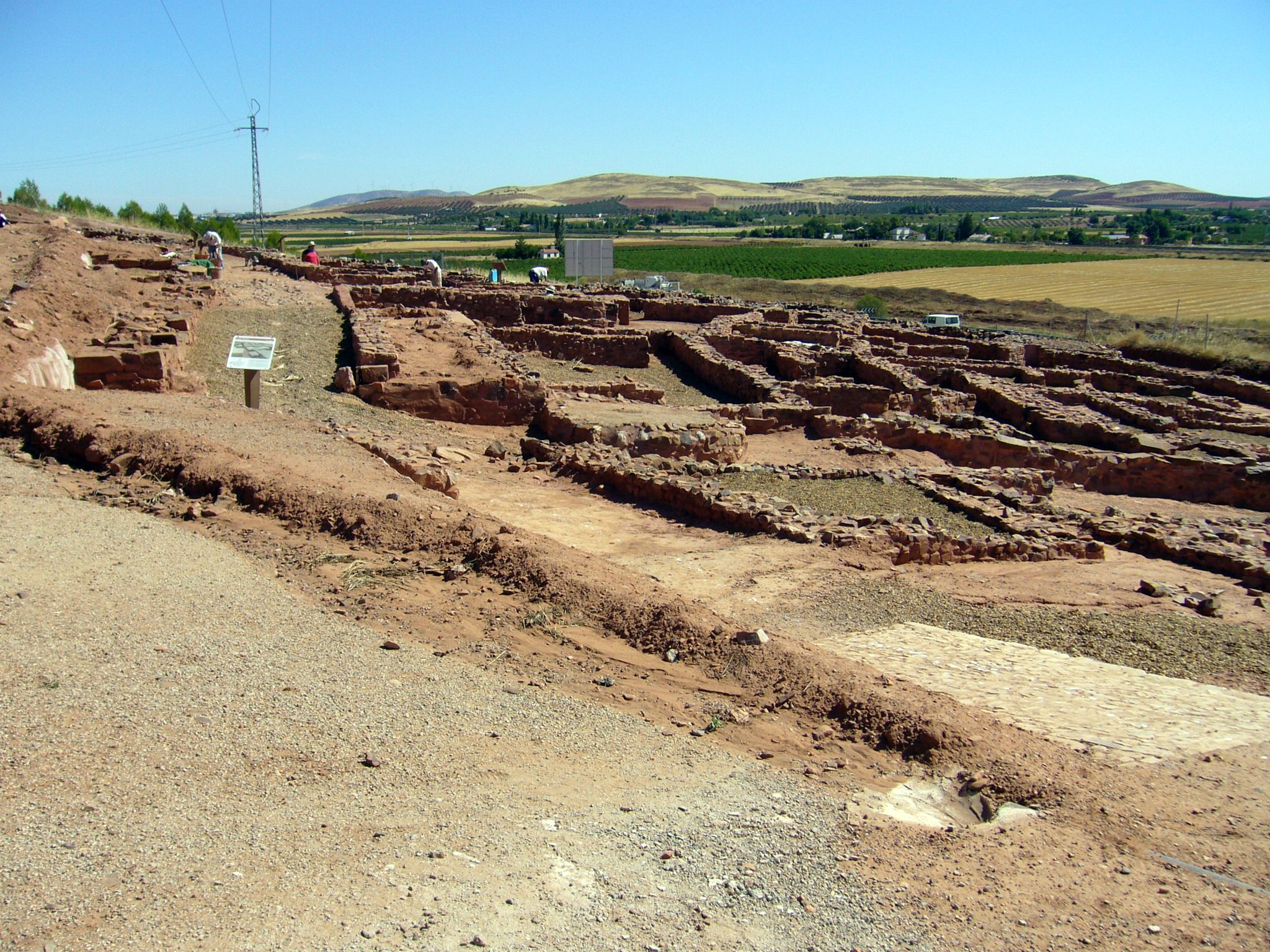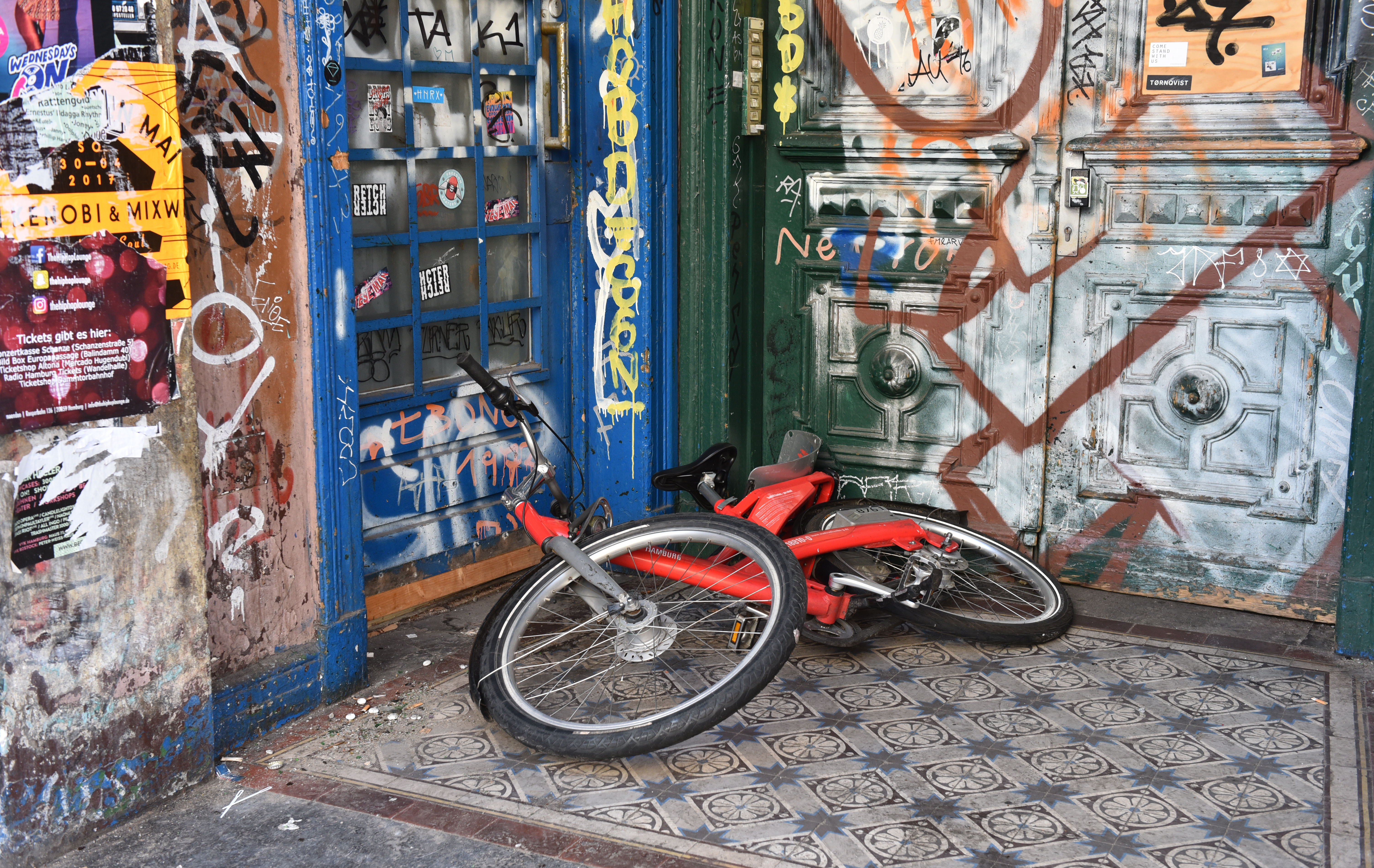|
Angel Of Victory (Valdepeñas)
The ''Angel of Victory and Peace'' () or ''Angel of Victory'', also referred to by some as ''Ángel del Fascismo'' ("Angel of Fascism"), is a ruined monument in Valdepeñas, Spain. It was a Francoist memorial designed by Juan de Ávalos that consisted of a colossal statue of an angel holding a sword. The monument was made of a reinforced stone sided by two poles. It was partially destroyed in 1976. History and description The Provincial Deputation of Ciudad Real commissioned the project to build the monument and awarded it to Juan de Ávalos. The site chosen for the erection of the monument is located two kilometres away from the city of Valdepeñas in the province of Ciudad Real. It stands at the top of a hill, the ''Cerro de las Aguzaderas'', visible from the Manchegan plain and the Madrid–Cádiz national road (currently superseded by the A-4 highway). Unveiled in 1964, the sculpture consisted of a 15-metre high angel holding a blade-like cross sided by two 25-metre hig ... [...More Info...] [...Related Items...] OR: [Wikipedia] [Google] [Baidu] |
Valdepeñas
Valdepeñas is a municipality in the province of Ciudad Real, in the autonomous community of Castile-La Mancha, Spain. It is also the seat of the judicial district that covers the localities of Moral de Calatrava, Santa Cruz de Mudela, Viso del Marqués, Torrenueva, Castellar de Santiago and Almuradiel. Developed in the 13th century under the auspices of the Order of Calatrava, its emergence is connected to the depopulation of the nearby settlements of Santa María, Aberturas, and Corral Rubio. It possesses a traditional wine industry. It lies on the road ( A-4) and rail ( Alcázar de San Juan–Cádiz railway) route traditionally connecting the Meseta Central with Andalusia through the Despeñaperros Pass. Geography Its name means "Valley of Rocks", because it is located in a wide hilly area surrounded by a meander of the Jabalón River, just bordering on the plain south of La Mancha, and the subsoil is rich in limestone rock. It is located in the Campo de Calatrava, ... [...More Info...] [...Related Items...] OR: [Wikipedia] [Google] [Baidu] |
Blas Piñar
Blas Piñar López (22 November 1918 – 28 January 2014) was a Spanish far-right politician. Having connections to Catholic organizations, during the Francoist dictatorship he directed the Institute of Hispanic Culture (''Instituto de Cultura Hispánica'') and served as ''procurador'' in the Cortes and as national councillor (1955–1977). He later became a member of the Congress of Deputies in 1979. He led the far-right New Force and National Front political parties. Biography Piñar was born in Toledo. He was a law student in Madrid when the Spanish Civil War broke out and took refuge in the embassies of Finland and Paraguay, later doing work as a clandestine "fifth columnist" for the Nationalist forces. From 1957 to 1962, he was in charge of the Institute of Hispanic Culture that was dedicated to managing scholarships between Latin American and Spanish universities. After a trip to Latin America and the Philippines, Piñar wrote an article for the Madrid newspaper ... [...More Info...] [...Related Items...] OR: [Wikipedia] [Google] [Baidu] |
Vandalized Works Of Art In Spain
Vandalism is the action involving deliberate destruction of or damage to public or private property. The term includes property damage, such as graffiti and #Defacement, defacement directed towards any property without permission of the owner. The term finds its roots in an Age of Enlightenment, Enlightenment view that the Germanic Vandals were a uniquely destructive people, as they sacked Rome in 455 AD. Etymology The Vandals, an ancient Germanic people, are associated with senseless destruction as a result of their Sack of Rome (455), sack of Rome under King Genseric in 455. During the Age of Enlightenment, Enlightenment, Rome was idealized, while the Goths and Vandals were blamed for its destruction. The Vandals may not have been any more destructive than other invaders of ancient times, but they did inspire English poet John Dryden to write, ''Till Goths, and Vandals, a rude Northern race, Did all the matchless Monuments deface'' (1694). However, the Vandals did inten ... [...More Info...] [...Related Items...] OR: [Wikipedia] [Google] [Baidu] |

